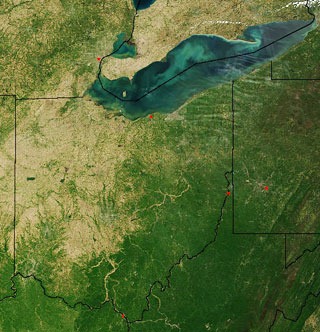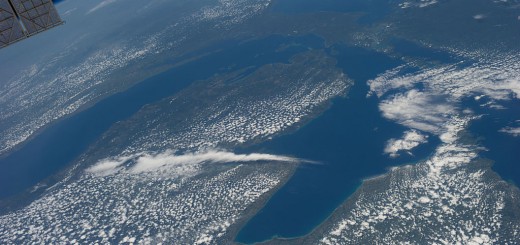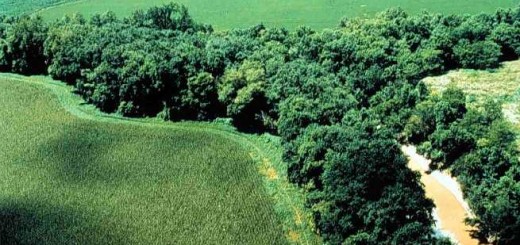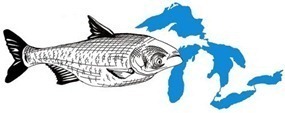Lake-Effect: Ice Shoves (Video)
1Lake ice doesn’t always stay in the water. Sometimes it comes onshore.
When this happens, the phenomenon is called an “ice shove” and at least three lakes have experienced one in the last year:
-
Lake Dauphin (Manitoba, Canada)
-
Mille Lacs Lake (Minnesota)
-
Lake Winnebago (Wisconsin)

Ice shove. (Credit: Clean Lakes Alliance via Creative Commons)
CNN Meteorologist Todd Borek describes the phenomenon:
“It basically has the same mechanism of an iceberg,” said Borek. “Winds, but more so ocean currents, allow icebergs to drift. Same premise: A chunk of ice (relatively shallow) was pushed by a strong, sustained wind. The momentum of the ice sheet overcame the friction of the land.”

Ice shove on Lake Winnebago, March 2009. (Credit: Flickr user bigcityal via Creative Commons)
But icebergs in the ocean don’t knock down houses. And they don’t make sounds – ice shoves are said to sound like thunder or a train. Also breaking glass.
When an ice shove occurred on Mille Lacs Lake, several boathouses were destroyed and ice got as high as 30 feet in some places. Near Lake Dauphin, a shove flattened 13 houses. And one near Lake Winnebago took down trees.
Mild drafts aren’t going to cause an ice shove. Bringing one about requires sustained gusts to the tune of 40 mph, which aren’t common.
They’re rare enough, in fact, to surprise veteran meteorologist Paul Huttner at Minnesota Public Radio who predicted minor ice drifts on Mille Lacs Lake last year. After the surge, he blogged: “I had no idea it would be this bad” and added that the National Weather Service should come up with a new type of warning for future shoves.
Video: An ice shove pushes off Mille Lacs Lake, April 2011. (Credit: Linda Eno via YouTube)














[…] process has been described as a small-scale ice shove, which relies on high winds to push shallow layers of lake ice onto land. In a similar fashion, it […]